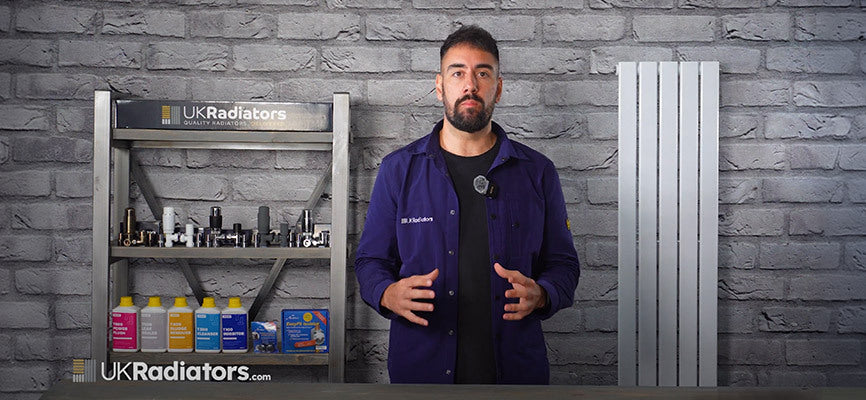
What is a BTU? The complete guide
BTU meaning
BTU stands for British Thermal Unit, and is a measurement of thermal energy. It’s used to decipher how much heat a room needs to maintain a desired temperature. So, in other words, it tells you how much power you need from your radiators to heat the rooms you put them in.
So now you know the BTU definition, it’s time to understand why this measurement is so important.
Why consider BTU output?
Whether you’re looking to install heated towel rails in the bathroom, or the latest designer radiators in your living room, it’s crucial to determine exactly how much power you’ll need to heat your room.
The BTU is one of the most useful measurements of all when it comes to determining the size, type and number of radiators your home will need. Smaller spaces will typically work out to a smaller BTU, and vice-versa for larger spaces. The great thing about knowing a room’s BTU is that it will save you from purchasing a radiator that’s too powerful, or not powerful enough. This will also save you time and energy spent in buying, fitting and sending back a radiator that isn’t right for your heating needs.
However, it’s not just about size. The BTU measurement is important because it takes into account the other factors that affect the required BTU of a room, including heat loss, desired temperature and the surrounding space.
What affects the BTU output?
There are two main factors that affect the BTU of a room. Firstly, the temperature you want to keep the room at and, secondly, the rate of heat loss from the room.
Your desired temperature
This one is pretty straightforward, as you will need more power from your rad if you want to keep a space warmer than the rest of your house. So think about what room your new rad is going in, and what temperature you’d like to maintain in said room. For example, many people like to keep the bathroom a little warmer than other areas of the house, or the entrance hall a little cooler.
You can use this information to determine how powerful your new radiator should be. After all, there’s no need to spend the extra money on a more powerful radiator that you simply won’t use.
Considering heat loss
No matter how well insulated or heated a room is, there will always be somewhere for heat to escape out of. From windows, doors and even through the walls, the way your room is set out and located will have a pretty significant impact on the BTU output. In fact, here are a few of the different ways your room’s configuration can affect BTU...
- Room size (small or large)
- The types of windows (i.e. single glazed or double glazed)
- The kinds of walls (outside walls will be colder)
- Insulation (if you have a cavity wall or an insulated one)
- External doors (which can let huge amounts of heat out when opened)
All of these things will directly affect what the BTU will be, and therefore which kind of radiator output you will need.
How to calculate BTU
With so many factors affecting the overall BTU, it can be daunting to try and work this out for yourself. However, the good news is we have our very own BTU Calculator to do all of the thinking for you.
Our interactive tool takes into account all the different factors and the size of your room to give you a quick and easy answer. Once you’ve entered your measurements and specifications, our handy BTU Calculator will tell you exactly what heat output your new radiator will need. It’s as easy as that!
When it comes to converting your BTU output to a measurement of power, such as kilowatts (KW), you can use a simple KW to BTU conversion table on Google. This will help when shopping for a radiator for your space, as radiator performance is often listed in kilowatts. Of course, at UK Radiators there’s no need to do that, as our range of radiators can be filtered by KW or BTU, whichever you prefer.
Choosing your new radiator
As a general rule of thumb, it is advised to go for the radiator size that’s slightly above what the BTU calculator recommends. That means all bases are covered and you have a bit more flexibility with your heating.
It’s also worth remembering that if you have a particularly large room that exceeds 18 feet ( six metres) in any direction, it is recommended that you buy at least two radiators to help distribute the heat more evenly.
And, of course, in terms of performance, where you choose to put your radiators will be key – something you can read about here in another blog.
Now, whilst we know the BTU calculation is a critical factor when choosing a new radiator, it needs to look good, too! So if you’re in need of advice or are stuck between two rads, get in touch with us at UK Radiators. One of our expert team will happily talk through any questions you might have.










